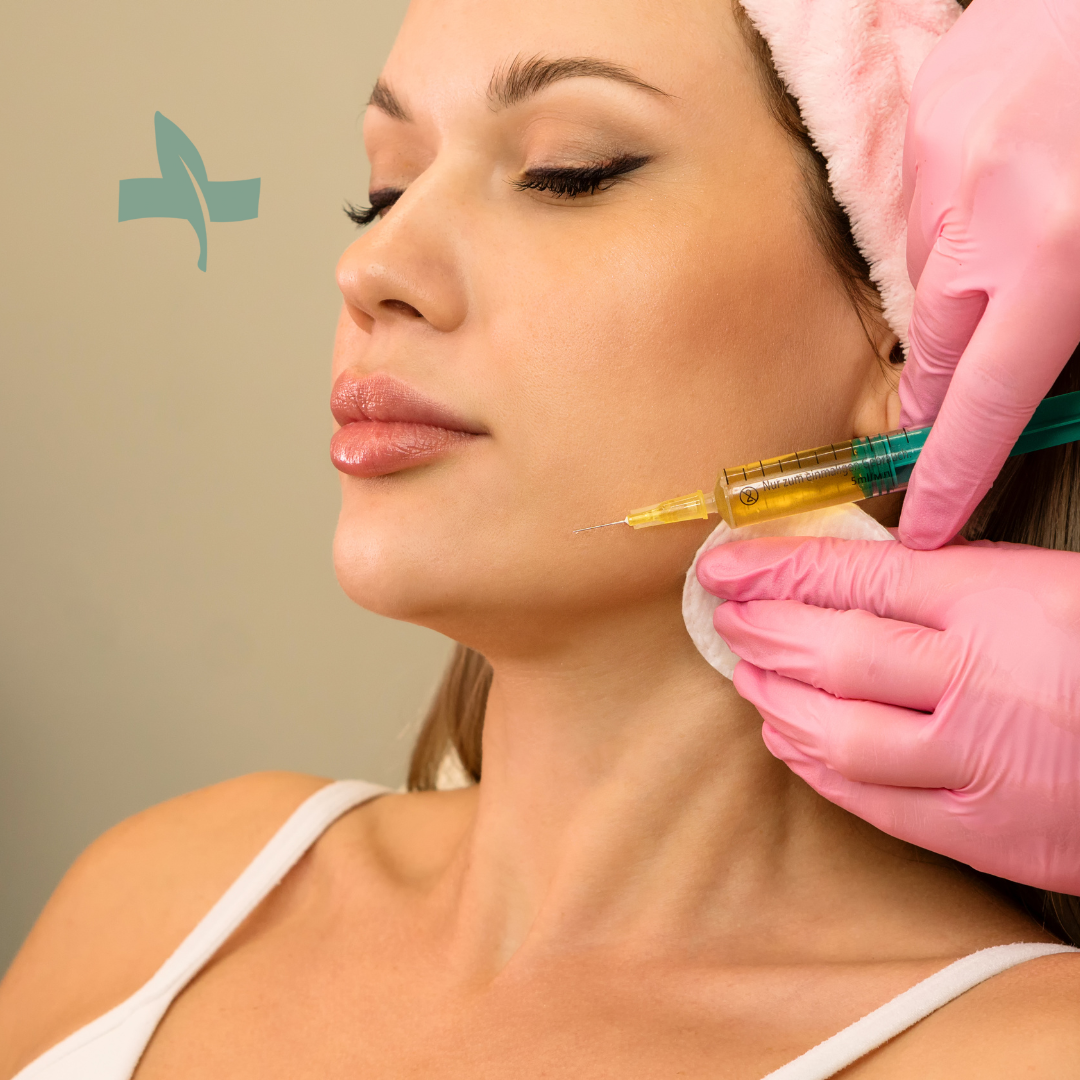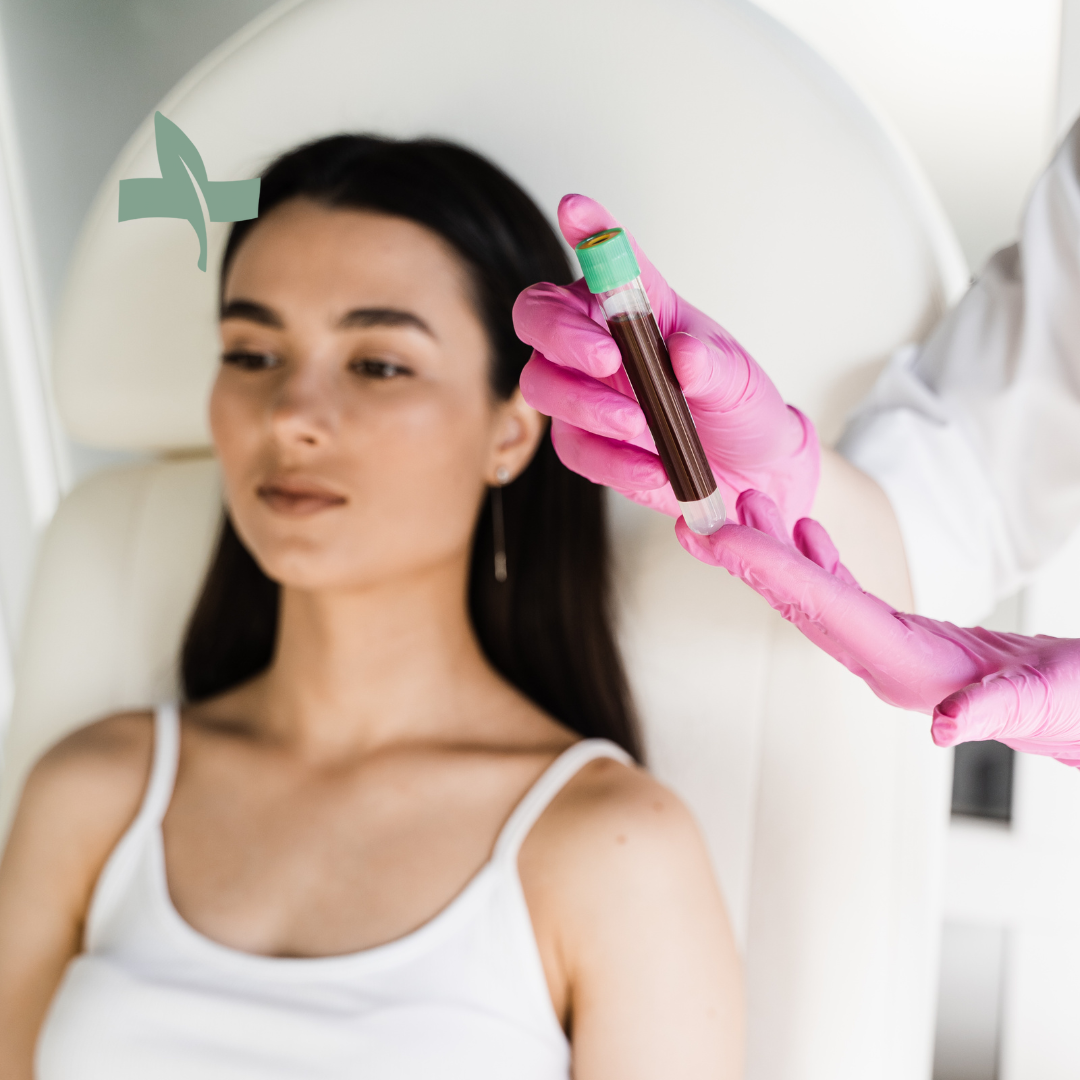PRP Facelift vs Traditional Facelift: Which Is Right for You?
Visible signs of aging happen to everyone. Skin can look thinner, smile lines deepen, and the jawline softens as collagen declines and tissues shift over time. Many people start searching for options that look natural, fit their lifestyle, and make a real difference.
A traditional facelift is a surgical procedure that repositions deeper facial tissues and removes excess skin. It is designed for structural lifting and jawline definition. A PRP facelift is a non surgical approach that uses platelet rich plasma and usually hyaluronic acid filler to improve skin quality, brightness, and early volume changes with minimal downtime. These treatments solve different problems. Facelifts address sagging and jowls. PRP focuses on texture, tone, and fine lines.
This guide compares candidacy, results, downtime, costs, safety, and how long results last so you can choose the option that fits your goals.
What Is a Traditional Facelift?
A traditional facelift is a surgical procedure that lifts and repositions deeper facial tissues, removes excess skin, and refines the jawline and neck. It targets structural changes caused by time, gravity, and loss of support in the lower face. The goal is a natural look that restores definition rather than a pulled appearance.
What it addresses
Facelifts are designed for jowls, laxity along the jawline, deep nasolabial folds, and neck banding. By lifting the underlying tissues and redraping skin, surgery improves contour in ways that topical treatments and injectables cannot.
What it does not address
A facelift does not change skin quality on its own. Fine lines, pores, sun spots, and texture usually need complementary treatments such as resurfacing, peels, or energy devices. It also does not stop aging. Results last for years, but skin and soft tissues continue to mature.
Who is a good candidate
Healthy nonsmokers with realistic goals and clear areas of concern tend to do well. Good skin elasticity and stable weight support better outcomes. A consultation with a board certified plastic surgeon or facial plastic surgeon helps confirm candidacy and plan the right technique.
Recovery in brief
Expect swelling and bruising that improve over one to two weeks, with gradual refinement over several weeks to months. Early recovery often involves a supportive dressing, head elevation, and limited activity. Most people resume public facing activities after visible bruising settles, then return to exercise when cleared by the surgeon.
Longevity and maintenance
Surgical lifting delivers multi year improvement. You can extend benefits with sun protection, steady sleep, strength and cardio routines, and skin care that supports collagen. Many patients add focused treatments for skin quality once healed.
Risks to discuss
Any surgery carries risks that include bleeding, infection, scarring, delayed wound healing, nerve irritation, and anesthesia related events. A personalized review of medical history, medications, and expectations helps lower risk and guide informed consent.
What Is a PRP Facelift?
A PRP facelift is a non surgical cosmetic procedure that uses platelet rich plasma prepared from your own blood, most often paired with hyaluronic acid filler. The goal is to improve skin quality and early volume changes while keeping downtime short. PRP provides a concentrated mix of growth factors that signal collagen remodeling. The filler restores soft contours in areas that look flattened or shadowed.
How it works
A small blood sample is drawn and processed to isolate platelet rich plasma. The clinician places a tailored amount of hyaluronic acid filler to support youthful contours, then injects PRP into selected areas. Some practices also apply PRP topically after microneedling. The method is chosen to match specific skin and volume goals.
What it addresses
PRP with or without filler is used for fine lines, dull tone, mild acne scars, early volume deflation, and overall skin brightness. Many people notice a healthier glow and smoother texture as collagen remodeling unfolds over weeks.
What it does not address
A PRP facelift does not lift descended tissues, remove excess skin, or define the jawline and neck the way surgery can. Moderate to severe jowls and neck laxity usually need a surgical approach for meaningful change.
Who is a good candidate
People with early signs of aging who prefer a natural look, minimal downtime, and gradual improvement often do well. Healthy habits, sun protection, and realistic expectations matter. A consultation helps confirm whether PRP alone, PRP with filler, or a different plan fits the concern.
Recovery in brief
Expect mild redness or swelling that settles over several days. Makeup typically resumes soon after, based on clinician guidance. Results build gradually as collagen remodels. Skin care and sun protection support the outcome.
Longevity and maintenance
Improvements are gradual and time limited. Many plans include a series or periodic touch ups to maintain results. The filler component lasts according to product and placement, while PRP effects depend on individual biology and lifestyle.
Safety notes
Because PRP comes from your own blood, sensitivity reactions are uncommon. Any injectable treatment can cause bruising, swelling, and temporary tenderness. When filler is used, it adds specific risks that are reviewed during consent and minimized by careful technique and post care.
Who Is a Candidate for Each Approach
Traditional facelift candidates
A traditional facelift suits people with moderate to severe lower face and neck laxity. Common goals include reducing jowls, softening deep folds, and restoring jawline definition. Good candidates are in overall good health, do not smoke, have stable weight, and hold realistic expectations about recovery and results. A consultation with a board-certified plastic surgeon or facial plastic surgeon confirms whether skin quality, tissue descent, and neck changes match a surgical plan.
PRP facelift candidates
A PRP facelift fits people with early signs of aging who want a natural look with minimal downtime. Typical goals include brighter tone, smoother texture, and subtle volume refinement. Candidates understand that PRP improves skin quality and early deflation but does not lift descended tissues. Many plans use hyaluronic acid filler alongside PRP to restore soft contours. Maintenance sessions are usually part of the strategy since results build gradually and are time limited.
Who should avoid or delay either treatment
Active skin infection, poorly controlled medical conditions, and pregnancy or breastfeeding are common reasons to defer elective aesthetic procedures. People with bleeding disorders, very low platelet counts, or who use anticoagulants that cannot be adjusted may not be suitable for PRP injections. Smokers and people with impaired wound healing are generally poor candidates for surgery until risk factors are addressed. A medical evaluation is essential before either option.
How to choose in a consult
Match the treatment to the concern. Significant jowls and neck laxity point toward surgery. Fine lines, dullness, and early volume changes point toward PRP with or without filler. Discuss expected longevity, number of visits, aftercare, and how each option fits your schedule and budget. Ask to see unedited before and after photos taken under consistent lighting so you understand the likely degree of change.
PRP Facelift vs Traditional Facelift
| Factor | PRP Facelift (PRP + HA filler) | Traditional Facelift (Surgical) |
|---|---|---|
| Primary goal | Improve skin quality, tone, fine lines, early volume changes | Reposition deeper tissues, remove excess skin, define jawline and neck |
| Onset of results | Filler effects are immediate; PRP related glow and texture changes in about 2 to 3 weeks | Improvement visible after swelling and bruising settle |
| Typical downtime | Mild redness or swelling for a few days; daily activities resume quickly | More downtime; public facing activities resume after visible bruising subsides |
| Recovery timeline | Short recovery; gradual collagen remodeling over weeks | Often presentable in 10 to 14 days; back to normal sensation in about 2 to 3 months |
| How long it lasts | About 12 to 18 months on average; maintenance may be advised | Multi year structural improvement; aging continues over time |
| Best for | Early aging signs, mild acne scars, dull tone, subtle contour refinement | Jowls, deep folds, neck laxity, moderate to severe sagging |
| Limits | Does not lift descended tissues or remove excess skin | Does not change skin quality; texture and pigment usually need complementary treatments |
Safety, Risks, and Evidence Quality
Both options can be safe when performed by qualified clinicians using sterile technique and appropriate patient selection. They carry different risk profiles because they target different problems. A facelift is surgery that repositions deeper tissues. A PRP facelift uses your own platelet rich plasma and often a hyaluronic acid filler to improve skin quality and early volume changes.
PRP facelift: safety and risks
Common, usually mild effects: temporary redness, swelling, tenderness, and bruising.
Infection risk: low with sterile technique since PRP is autologous.
Filler related risks when used: lumps, asymmetry, Tyndall effect in superficial placement, and rare vascular occlusion that requires urgent management with hyaluronidase.
Not ideal for: active skin infection, uncontrolled medical conditions, very low platelet count, or anticoagulant use that cannot be adjusted.
Evidence quality: protocols vary by device, spin time, and platelet concentration. Studies support improvements in texture, tone, acne scars, and overall skin quality. PRP does not lift descended tissues or remove excess skin.
Traditional facelift: safety and risks
Common, expected effects: swelling, bruising, temporary numbness or tightness.
Surgical risks: bleeding or hematoma, infection, scarring, delayed wound healing, and anesthesia related events.
Nerve issues: temporary weakness or sensory changes can occur. Permanent nerve injury is uncommon but possible.
Risk modifiers: nicotine use, uncontrolled diabetes, and significant medical comorbidities raise complication rates. Preoperative evaluation and optimized health lower risk.
Evidence quality: long clinical track record for jawline definition, jowl reduction, and neck contouring. Surgery addresses structural descent that injectables and PRP cannot correct.
How to lower risk for both
Choose a clinician with relevant training and experience.
Share a full list of medications and supplements, including blood thinners and retinoids.
Follow pre and post procedure instructions, including nicotine cessation and sun protection.
Ask about emergency protocols, consent details, and how complications are handled.
Review unedited before and after photos taken in consistent lighting to set expectations.
Conclusion
PRP facelift and traditional facelift solve different problems. PRP facelift improves skin quality, brightness, fine lines, and early volume changes with short downtime. A traditional facelift repositions deeper tissues to address jowls, neck laxity, and pronounced sagging for multi year structural improvement. The right choice depends on your goals, anatomy, tolerance for recovery, budget, and how quickly you want to see results.
If you are leaning toward skin quality and subtle contour refinement, start with a PRP facelift and plan for maintenance. If your main concerns are jawline definition and neck laxity, discuss facelift surgery with a qualified surgeon. For a safe, effective plan, review your health history, medications, and expectations with a licensed healthcare provider. Use a consultation to confirm candidacy, review risks, and see unedited before and after photos in consistent lighting.
References
Asubiaro, J., & Avajah, F. (2024). Platelet-Rich Plasma in Aesthetic Dermatology: Current Evidence and Future Directions. Cureus, 16(8), e66734. https://doi.org/10.7759/cureus.66734
related blogs





